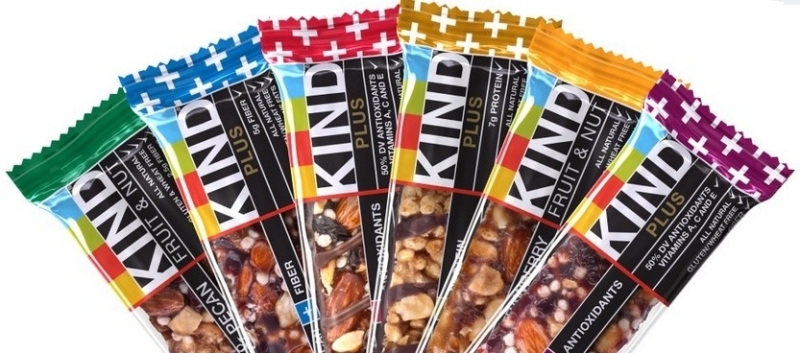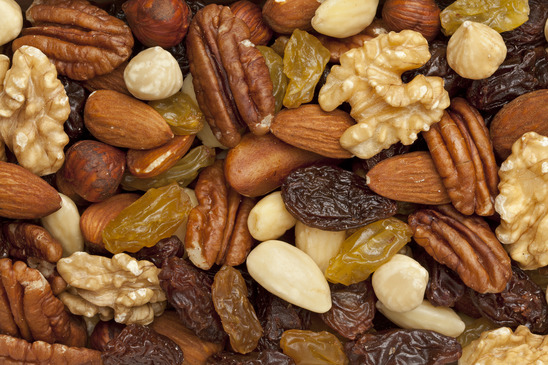Most people want to be healthy in New York City. But one of the  hardest things about following a healthy diet is that as the market for healthy food has grown, food marketers have used the term “healthy” very loosely. Refreshment service companies face this problem every day when trying to decide what food and refreshments to provide their customers.
hardest things about following a healthy diet is that as the market for healthy food has grown, food marketers have used the term “healthy” very loosely. Refreshment service companies face this problem every day when trying to decide what food and refreshments to provide their customers.
For refreshment service professionals who specialize in “healthy” food in New York City and throughout the country, it is especially important that the food and refreshment be healthy in the truest sense of the word. The U.S. Food & Drug Administration (FDA) has tried to regulate the use of the term “healthy.” Let’s consider how a product earns the right to be labeled “healthy” according to government regulations.
The FDA mandates that the term “healthy” be used as a nutrient content claim to describe foods that contain 3g or less total fat and 1g or less of saturated fat per serving, with the exception of fish and meat, which are required by the regulation to have 5g or less total fat and 2g or less saturated fat per serving.
Is this a good definition? Many would agree with this definition, but the matter is open to debate.
KIND, a manufacturer of snacks that are gluten-free and made from non-genetically engineered ingredients, is urging the FDA to update its regulations around the term “healthy” when used as a nutrient content claim in food labeling. The company filed a petition with the goal of addressing outdated regulations, as well as helping to ensure that the public receives sound and consistent guidance about nutrition.

KIND wants better alignment between food labeling regulations, the latest nutrition science and federal dietary guidelines. The petition reflects broad support within the food science and nutrition community to call attention to the importance of eating real foods made with wholesome and nutrient-rich ingredients as part of a healthy diet.
Today’s regulation precludes nutrient-rich foods such as nuts, avocados, olives and salmon from using the term “healthy” as a nutrient content claim. This is something KIND would like to see changed.
“KIND, with the support from top global nutrition and public health experts, is respectfully urging the FDA to update its current regulations surrounding the use of the word ‘healthy’ as a nutrient content claim. Our goal is to highlight the importance of following a healthy diet that includes foods made with wholesome and nutrient-dense ingredients,” says Daniel Lubetzky, founder and CEO of KIND.
The current regulations were created with the best intentions when  the available science supported dietary recommendations limiting total fat intake, Lubetzky says. However, current science tells us that unsaturated fats in nutrient-dense foods like nuts, seeds and certain fish are beneficial to overall health.
the available science supported dietary recommendations limiting total fat intake, Lubetzky says. However, current science tells us that unsaturated fats in nutrient-dense foods like nuts, seeds and certain fish are beneficial to overall health.
In addition to requesting updates to the current nutrient content claim regulations, KIND is also asking the FDA to implement a new framework for regulating dietary guidance statements.
Today in New York City and throughout the country regulations require that the majority of foods featuring a healthy nutrient content claim meet “low fat” and “low saturated fat” standards regardless of their nutrient density. Foods such as certain fat-free puddings and sugary cereals have the ability to use the word “healthy” as a nutrient content claim on their labels.
While healthy food is important, there is still work to be done to arrive at a consensus on what makes a product “healthy.”
These discussions will continue for a long time as nutrition research expands and science learns more about the impact products have on human health.
It is important that food and refreshment service providers give customers all available nutrition information about the products they offer. That’s one feature of a truly professional service specialist. Call Healthy Vending NY today at 917.572.3671 for a free no-obligation consultation of your break room needs.







